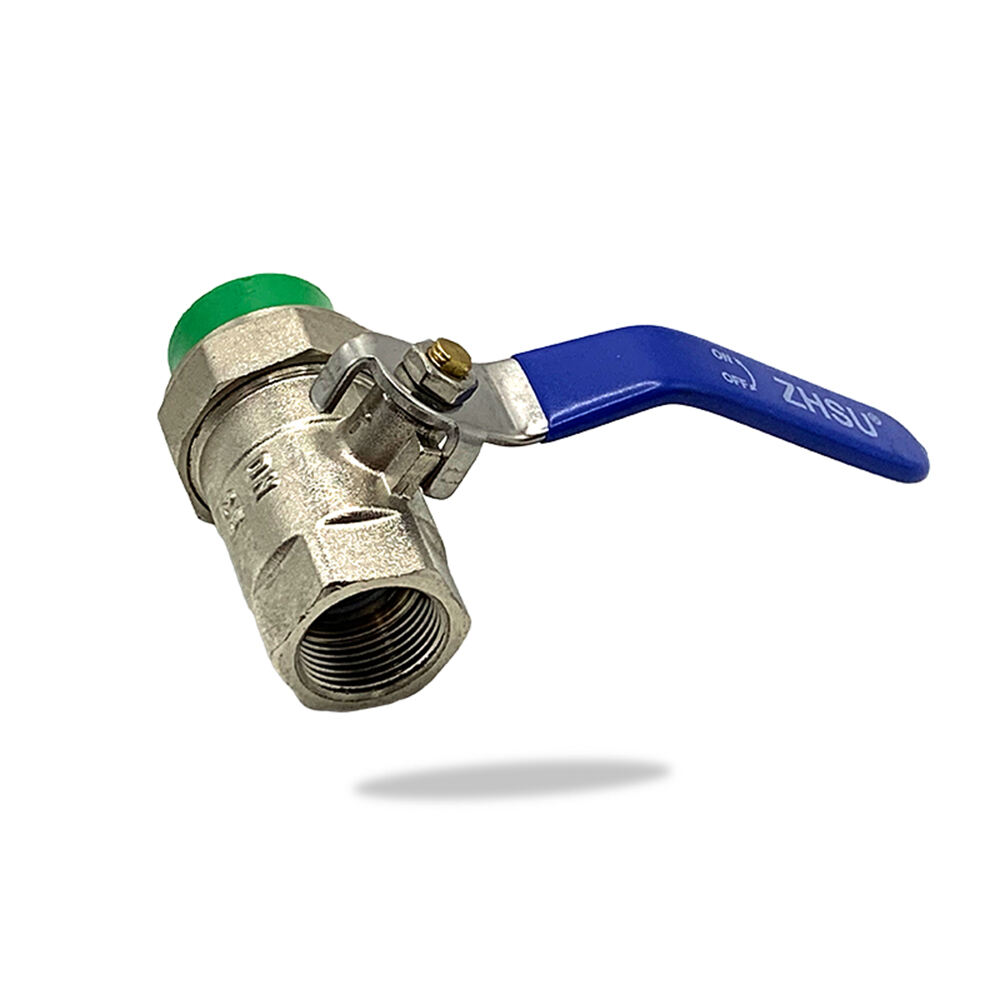Comparison of Materials Used in Plumbing and For Construction Pipes
The Materials Used for Pipes Can Greatly Affect Plumbing Workflow and Designs PPR (polypropylene random copolymer) and HDPE (high-density polyethylene) pipes are two commonly used pipeline types in the industry. In conclusion, all types present their own advantages and disadvantages so - therefore it is advised to compare them more in detail prior opting for a definitive one.
Know About PPR and HDPE Pipes:
PPR pipes are plastic pipelines widely using in water supply, pipe for hot and cold-water circulation system, transportation of chemicals or compress air etc. The systems are universally appreciated for their strength, flexibility & ability to withstand high temperatures and pressure. Conversely, HDPE pipes are made of petroleum and generally used for utility or industrial applications as they have a high resistance to corrosion.
What to Remember in Your ProjectCHOOSING PROJECTION SYSTEM
There are several things that you need to consider when evaluating PPR and HDPE pipes for your project.
Intended use: You should take into account what its application will be. For example if the hot water has to be used, then PPR pipes are more suitable because they have some heat resistance. On the other hand, when it comes to industrial applications where chemical transportation is involved then HDPE pipes may be a wise choice due to its resistance toward chemicals.
This is also one of the environmental factors that can affect what material you are going to be able to use for your pipes as well For pipes that are going to undergo UV exposure or due to extremely hot and cold temperatures, HDPE pipe for suitable because of the same resistance.
Installation: Although both PPR and HDPE pipes are not that difficult to install the critical point is here when it comes down because PPR requires heat fusion while installing which can take more time than usual welding process in addition this you must have a trained operator. With HDPE pipes, they are primarily joined using butt fusion, socket fusion or occasionally electrofusion.
Price: This is the most important point to see in any project. While the upfront cost of PPR pipes can be somewhat more than that of HDPE, they are built to last a long time; saving in terms of costs.
Benefits and Uses of PPR & HDPE Tube for Plumbing[Candy is dadi](//benefitsuses.com/polypropylene-pipes/benefits-and-uses-of-ppr-hdpe-tube-for-plumbing)
PPR Pipes:
Pros:
Extremely durable and robust
Can Handle High Temperature And Pressure
They are lightweight for easy handling and installation.
Inner surface is smooth and flat leading to better fluid flow
Cons:
Can shrink, potentially causing leaks if not installed correctly
Can be considered to have inferior strength over HDPE pipelines
The process to make one can be complicated and time consuming at times, and requires the correct equipment.
Initial Cost is higher than HDPE pipes
HDPE Pipes:
Pros:
Very good corrosion and chemical resistance, suitable for industrial applications
Thermal stability at high temperatures and lightweight, suitable for a large range of pH levels
More economical option than PPR pipes most of the time
No heavy and simple to hold
Cons:
They are Not Suitable for Transporting Hot Fluids as it Have Lower Thermal Resistance when Compared to PPR-Pipes
With fine surface, water flow could increase and therefore more susceptible to be causing erosion, or damage the piping system
Field knowledge and specialized equipment is needed for joining methods like Butt Fusion, Socket fusion and Electrofusion
Thermal expansion and contraction (especially in the summer, could lead to rupturing or leaking)
PPR or HDPE?
Ultimately, the choice of using PPR or HDPE pipes can be attributed to your project requirements. PPR pipes are suitable for hot water supply, HVAC systems and in other applications where high-temperature resistance is required. On the other hand, HDPE piping is perfect for industry applications which require high level of corrosion resistance and chemicals.
In Conclusion:
To sum it up: PPR pipe vs PVC HDPE pipes for plumbing or construction. Which pathway suits your project depends on the specific requirements of a pool, based around its use, location and method of construction. If you sit and think about any of these 3 roles, then I am sure that after evaluating on the following aspects along with what we discussed above. You will be able to make a more subtle decision related to your project goals or requirements from the role which requires hiring.

 EN
EN
 AR
AR
 BG
BG
 HR
HR
 CS
CS
 DA
DA
 NL
NL
 FR
FR
 DE
DE
 EL
EL
 IT
IT
 JA
JA
 KO
KO
 PL
PL
 PT
PT
 RO
RO
 RU
RU
 ES
ES
 SV
SV
 TL
TL
 IW
IW
 SR
SR
 SK
SK
 UK
UK
 VI
VI
 SQ
SQ
 ET
ET
 HU
HU
 MT
MT
 FA
FA
 AF
AF
 MS
MS
 GA
GA
 CY
CY
 IS
IS
 AZ
AZ
 LA
LA
 MN
MN
 UZ
UZ
 KY
KY
